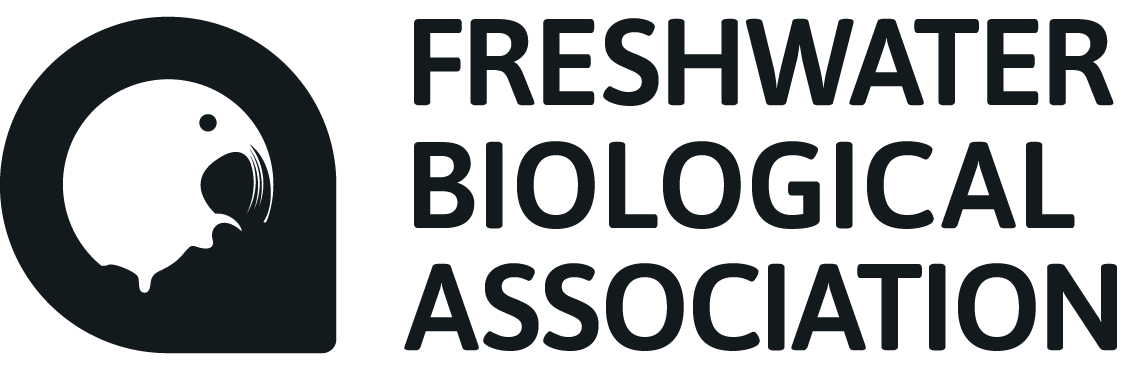
Freshwater Pearl Mussel Ark
Since 2007 the FBA has been captive breeding one of the most endangered freshwater invertebrates in Europe, trying to save local populations in England from extinction.
The freshwater pearl mussel is found only in very clean rivers and streams which are low in calcium and other nutrients.
Some of the biggest threats facing pearl mussels in the wild are pollution, nutrient enrichment, high sediment loads coming from land run-off, and climate change. The future status of the pearl mussel is heavily dependent on the restoration of their habitat, as well as an increasing in their overall population size through captive breeding.
Many of the existing wild populations are ageing, with the youngest mussels in the river being over 70 years old due to juveniles being most affected by poor habitat conditions. At the Ark we have been breeding juveniles from several English populations in order to boost wild populations and have now started releasing juveniles back into their native rivers.
Life Cycle of the Freshwater Pearl Mussel
The complexity of the freshwater pearl mussel life cycle necessitates the use of salmonid fish (such as salmon or trout) upon which the larvae, known as glochidia, attach.
Latest news from the FBA Ark
Watch our video below to learn more about this fascinating life cycle and how we collect and care for our juvenile mussels.
Population Reinforcements
We have now successfully trialled releases in to the wild of some of the juveniles we have reared at the FBA Ark. These mussels were tagged with both numbered and electronic tags so that we can monitor the success of these releases over time. Watch this space for more updates as our release programme expands!
Images of the release of Freshwater Pearl Mussels into the wild

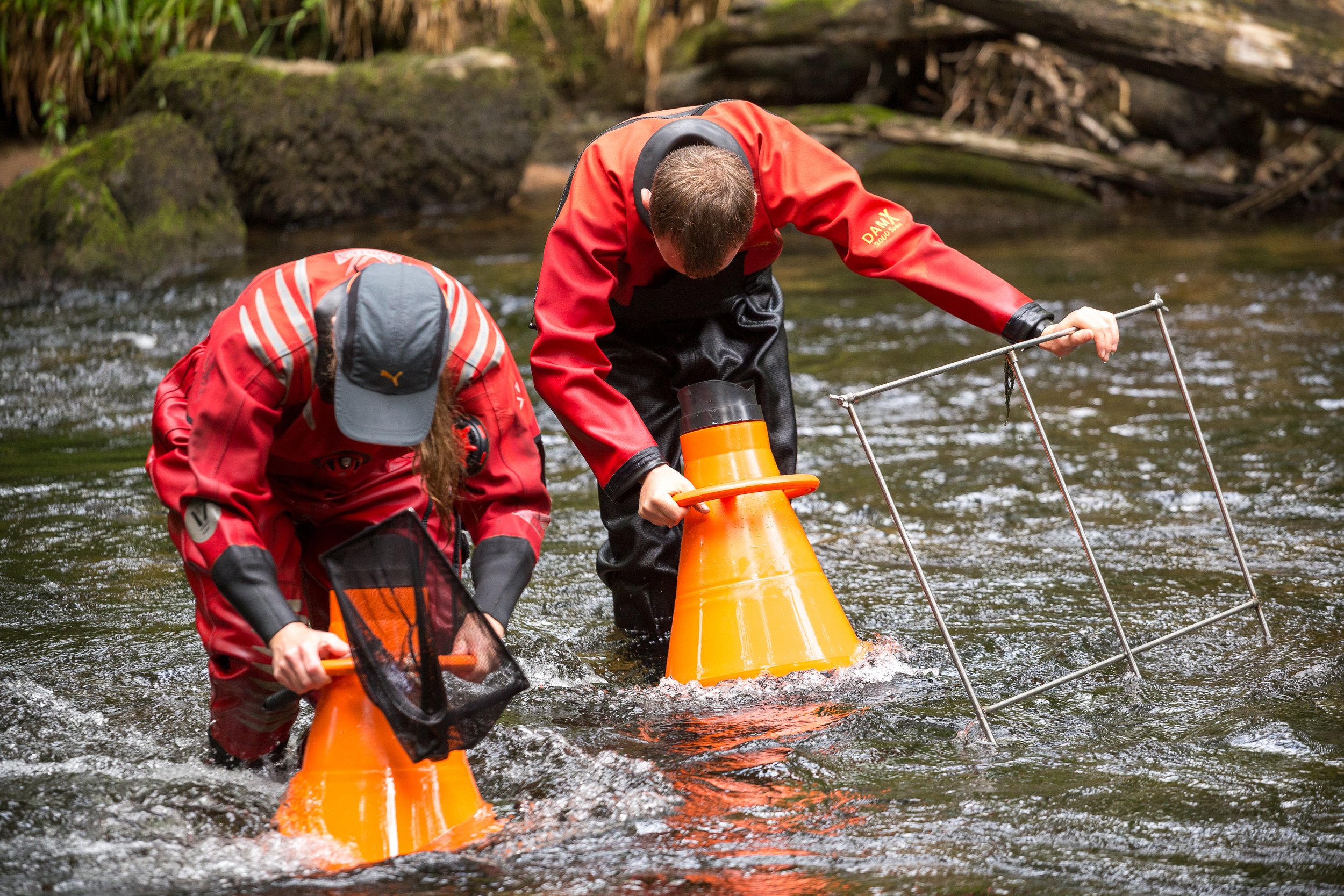
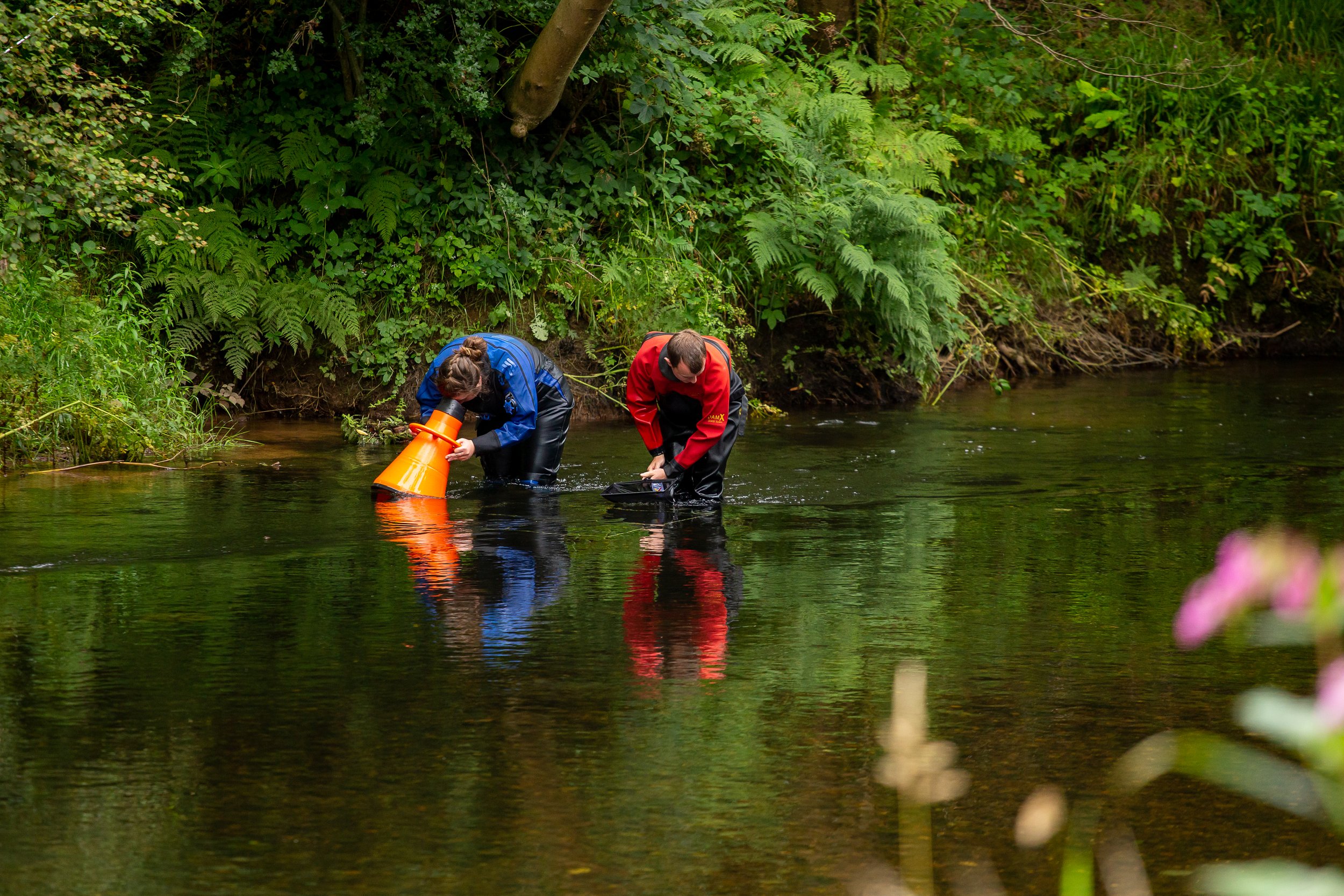


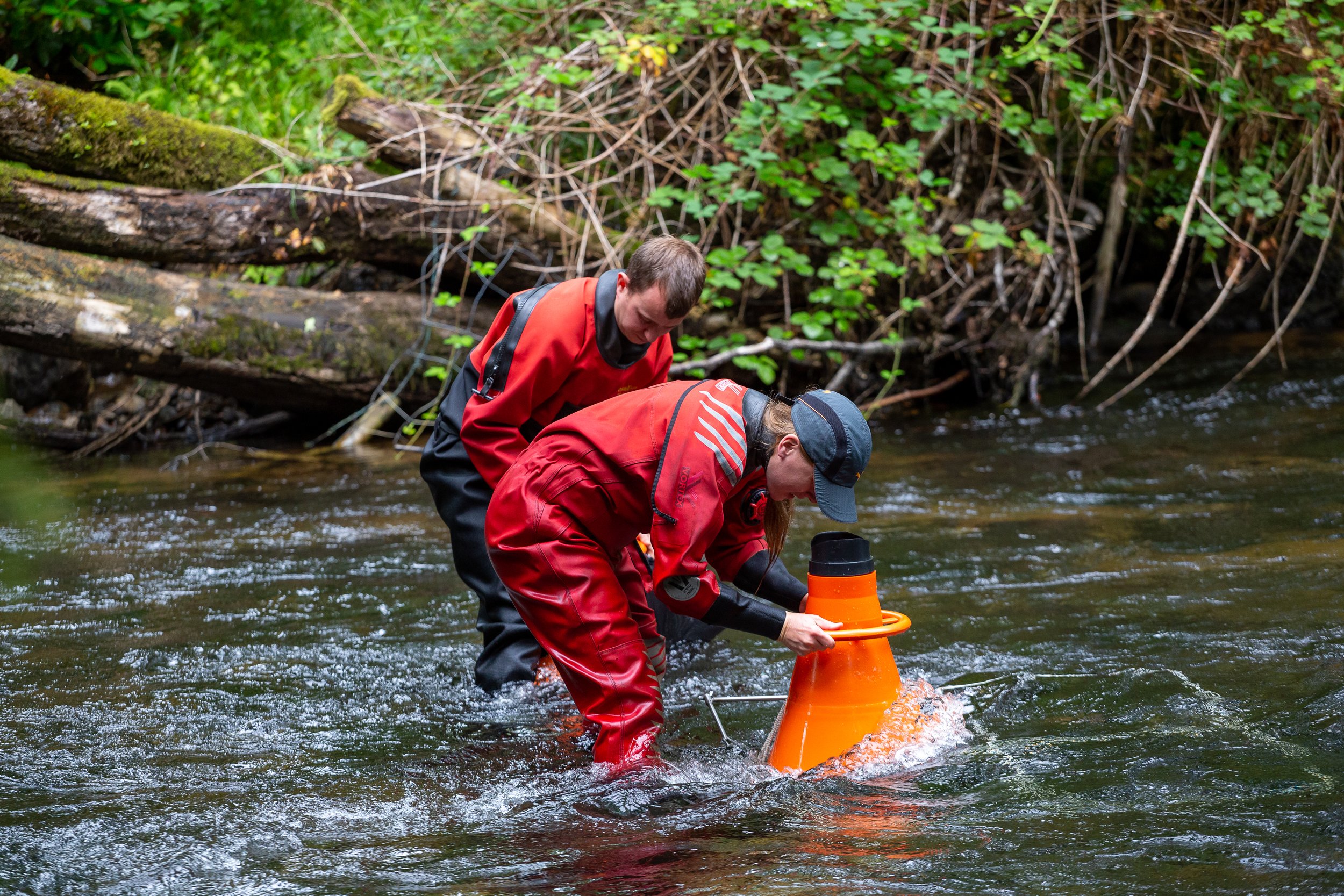

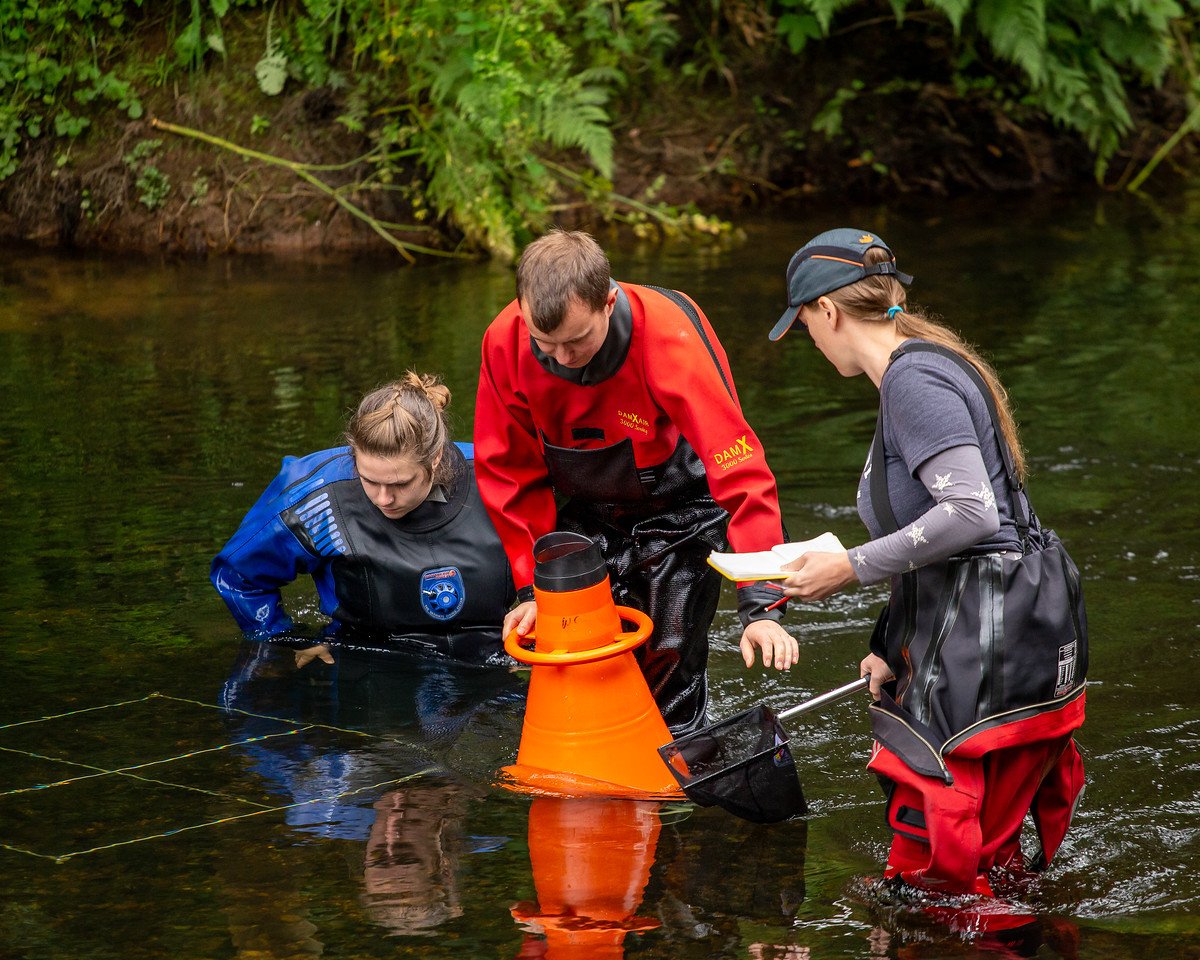
The species recovery centre for Freshwater Pearl Mussels at the FBA Ark by Windermere
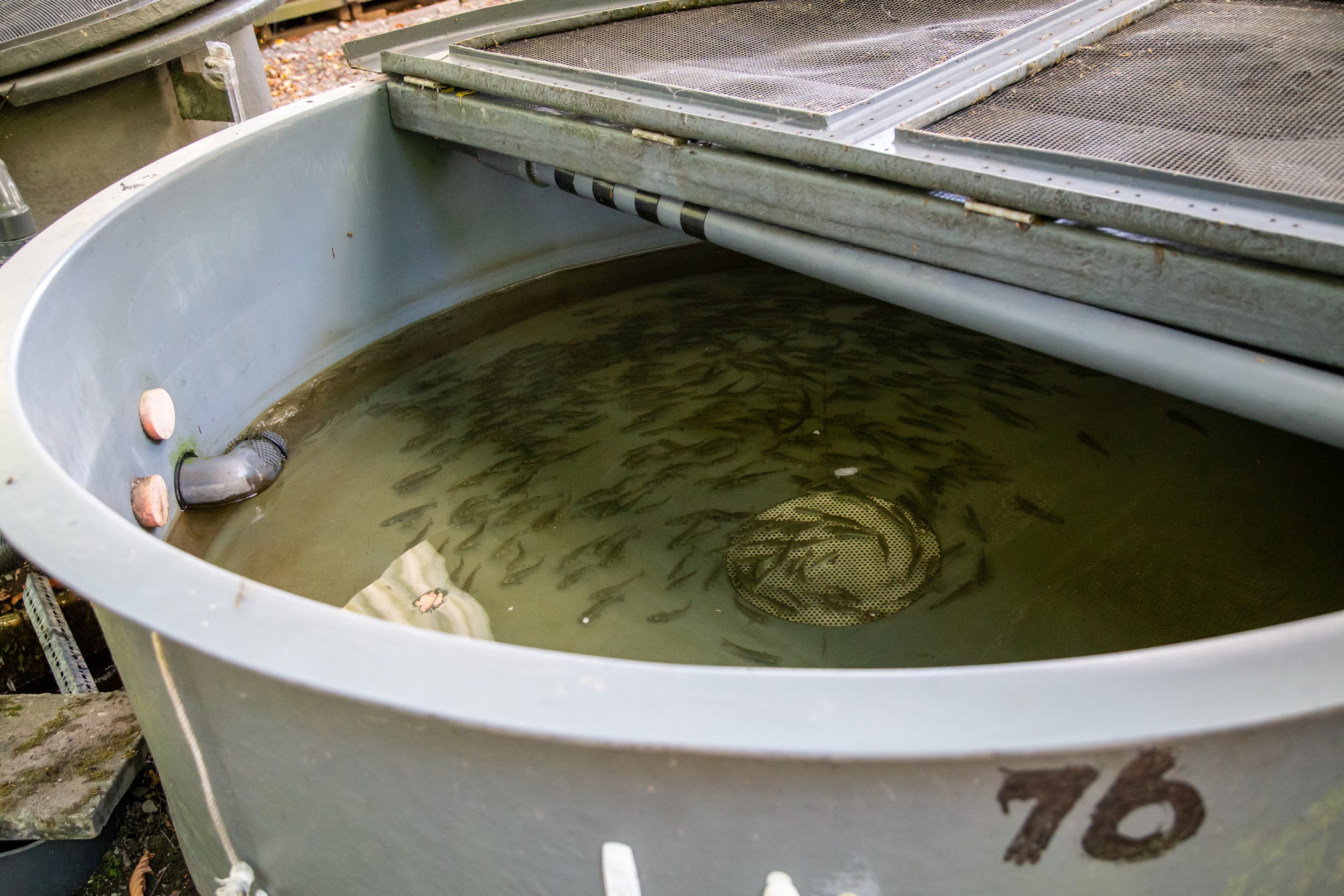
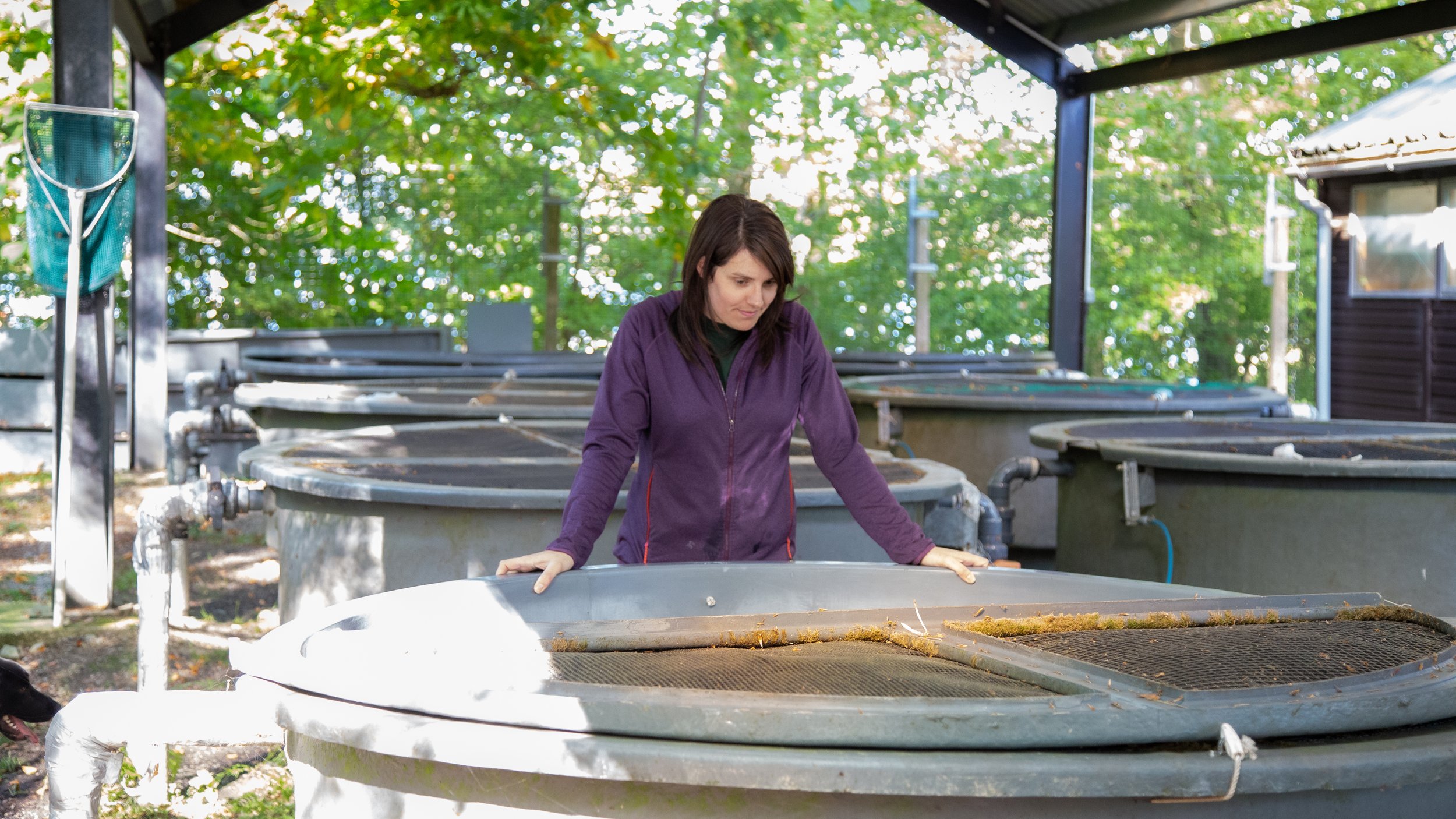
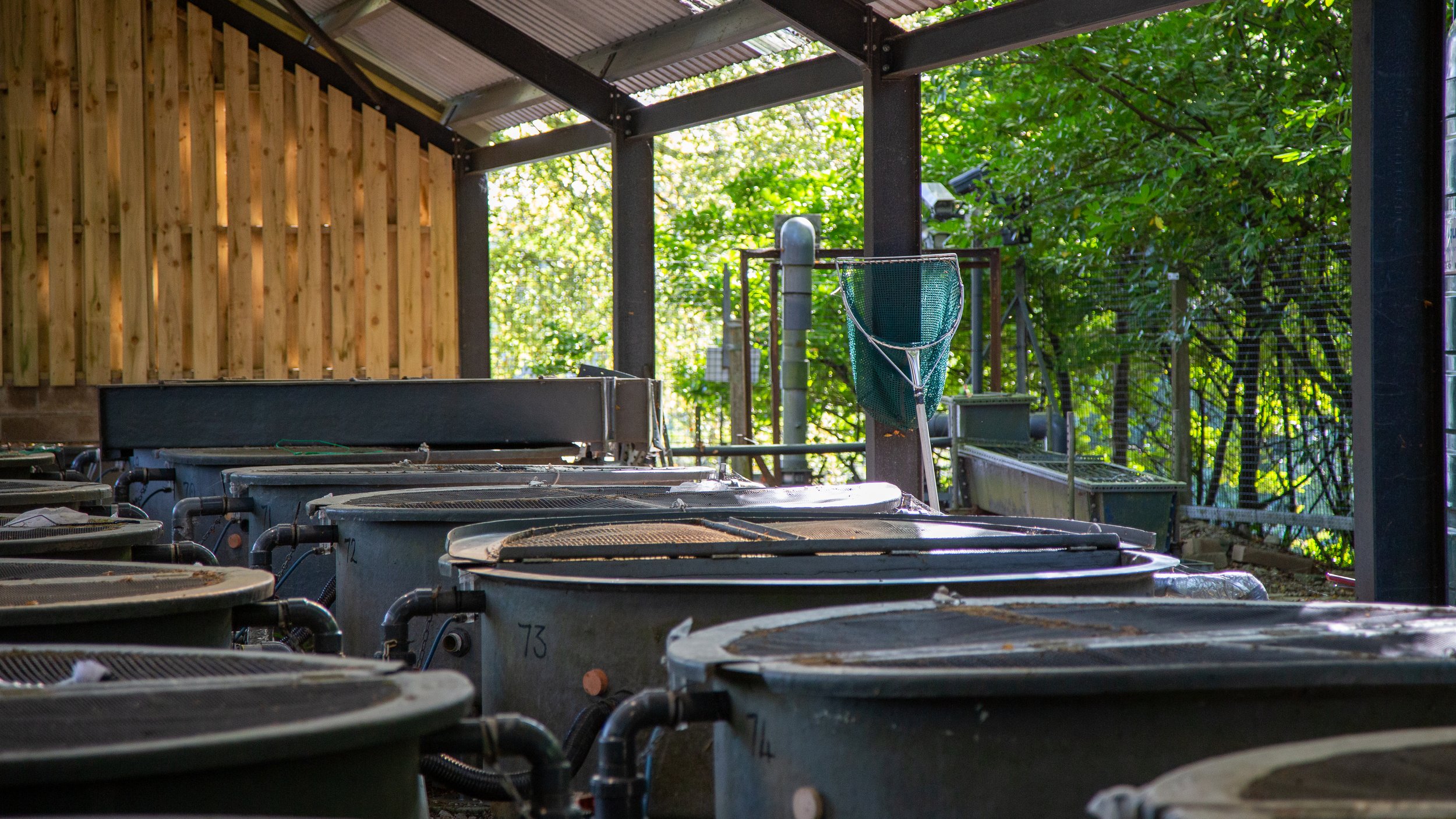
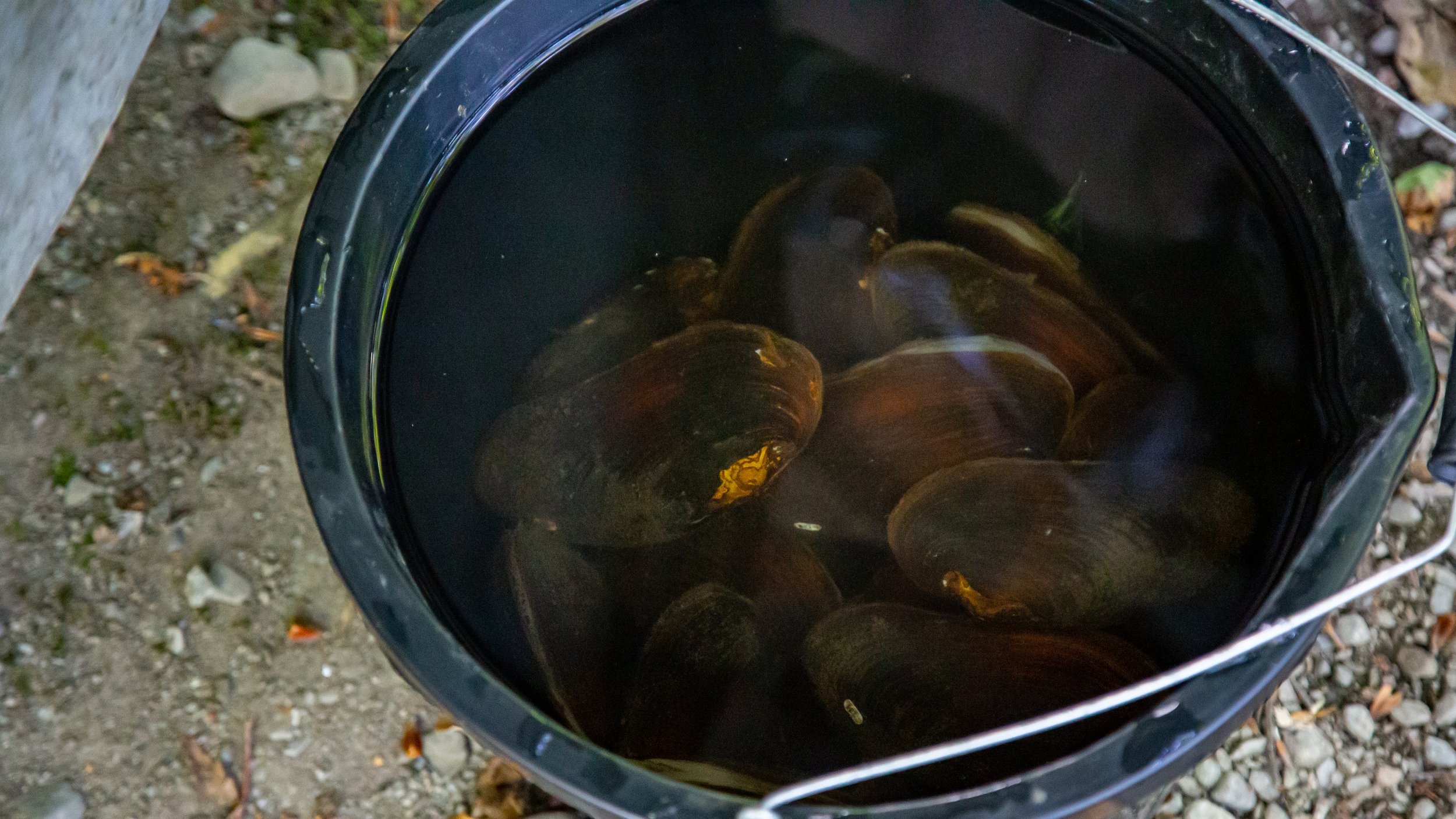
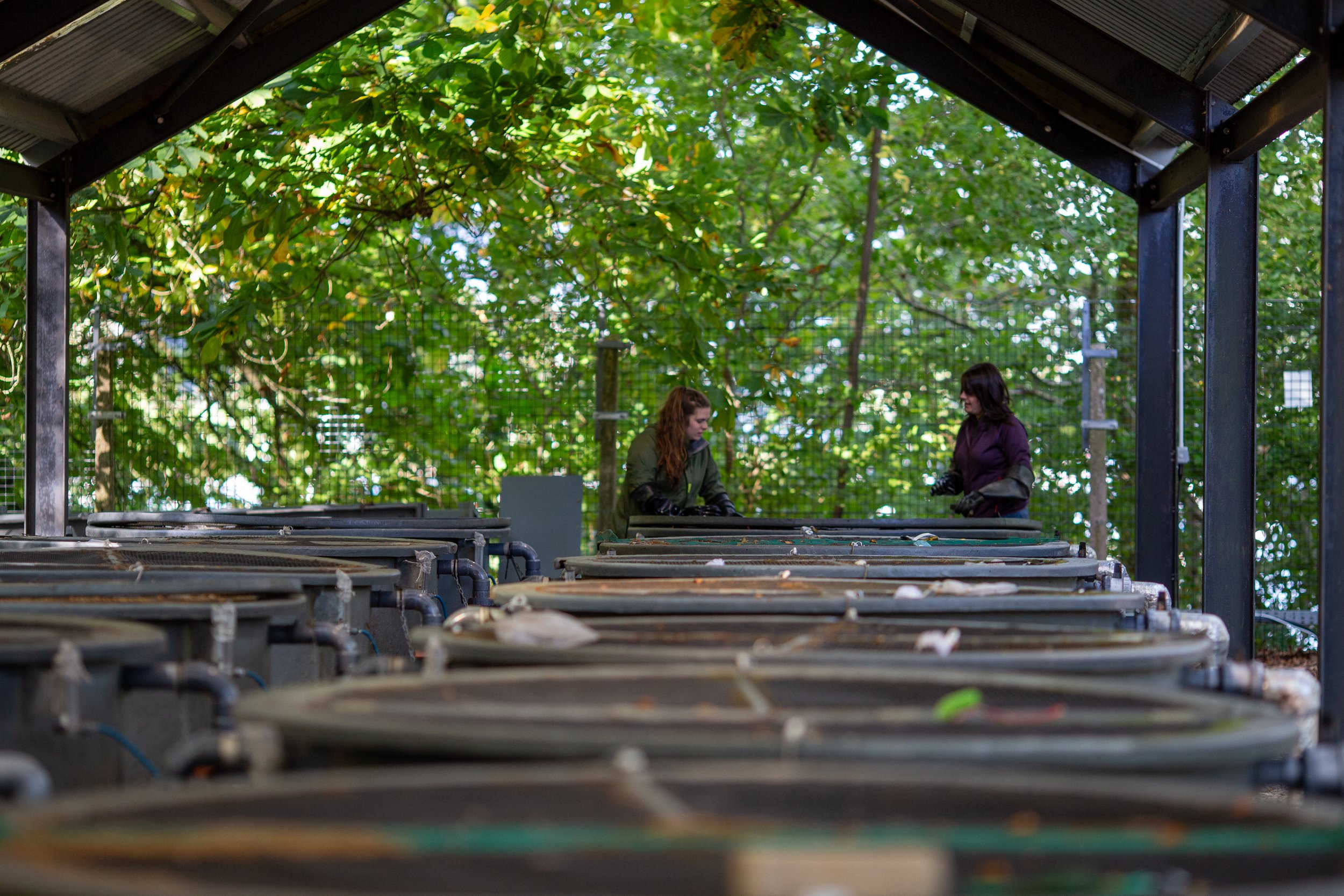

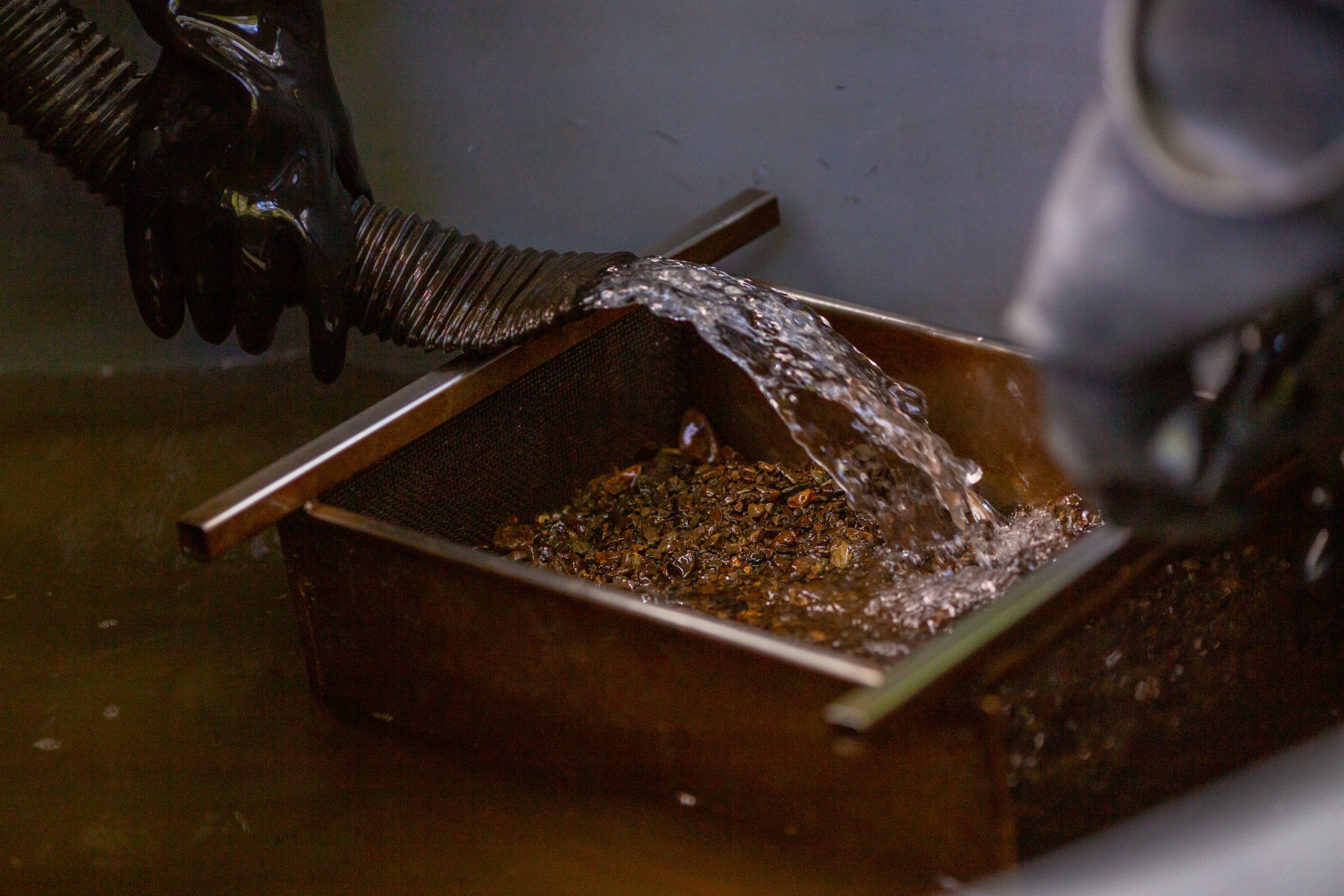
Freshwater Pearl Mussels time-lapse
